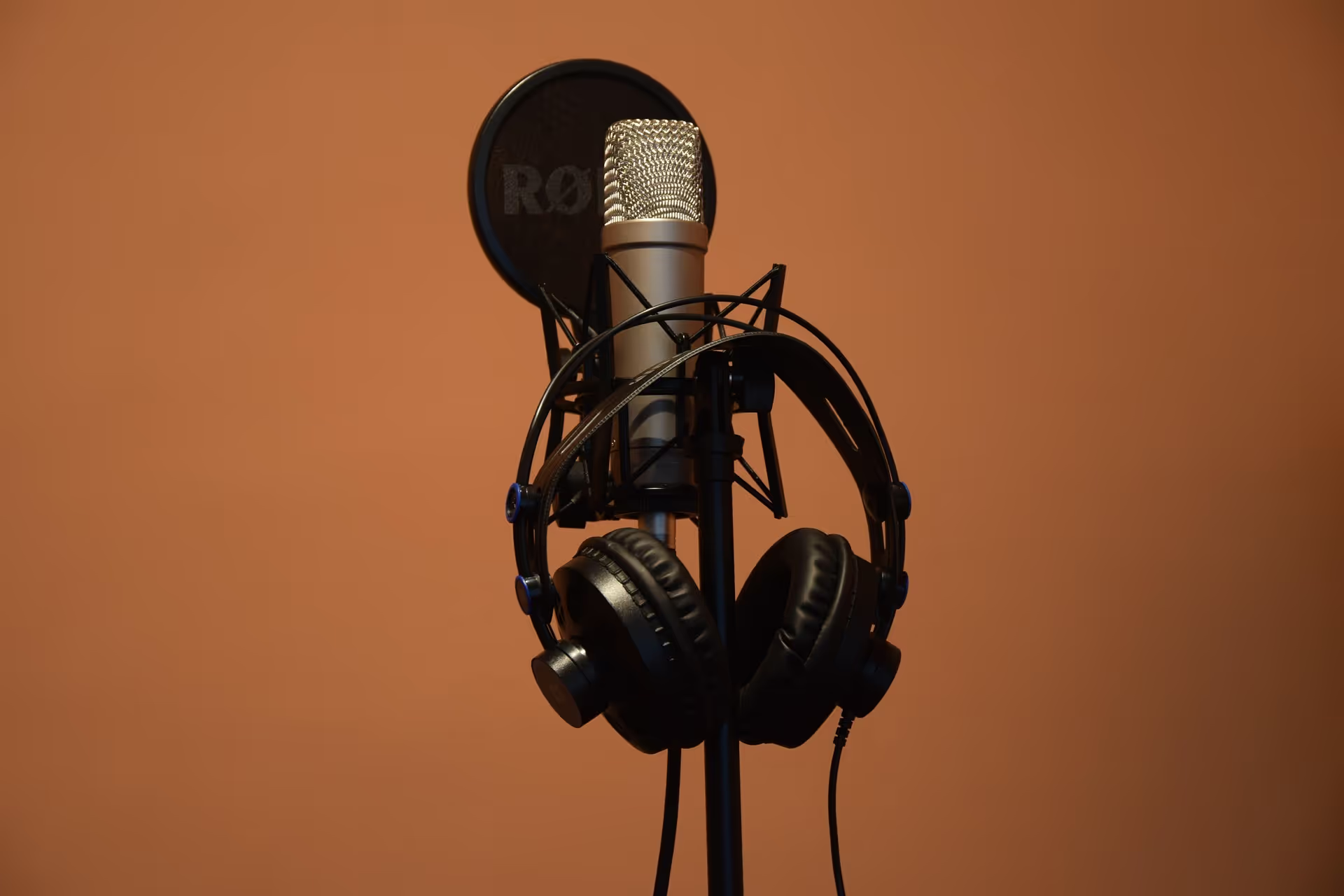
Here are the best mics for recording vocals and why we like them.
These mics are ideal for capturing vocals, whether you’re recording a song or spoken word. They’re a must-have for singers and other recording artists.
Why do you need a specific microphone for ASMR?
ASMR is a phenomenon that has captivated millions seeking relaxation through auditory stimuli.
ASMR stands for autonomous sensory meridian response. It’s used as a therapeutic tool and entertainment.
The surge in popularity has driven an increasing demand for high-quality ASMR microphones. These mics need to be designed to capture subtle sounds. These sounds induce the tingling sensations characteristic of ASMR. Unlike regular microphones, ASMR mics pick up nuanced sounds with enhanced sensitivity. Making them essential for creating a truly immersive auditory experience.
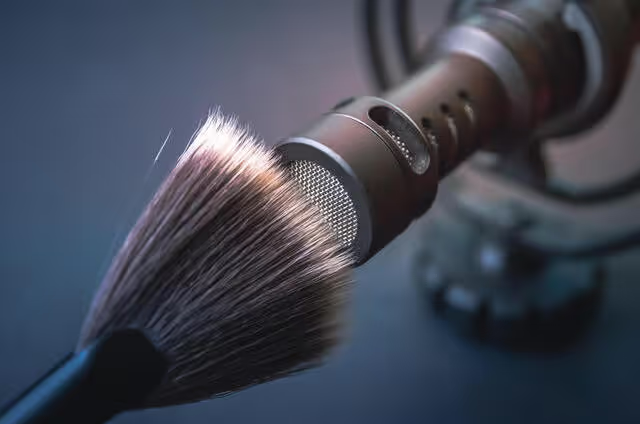
At the heart of ASMR microphones embeds the concept of binaural recording. This refers to using two microphones to mimic the natural hearing experience. This technique is designed to capture stereo sounds from different directions. Binaural recording is key for getting a lifelike, three-dimensional perception of sound. This is a key element in delivering realistic ASMR encounters.
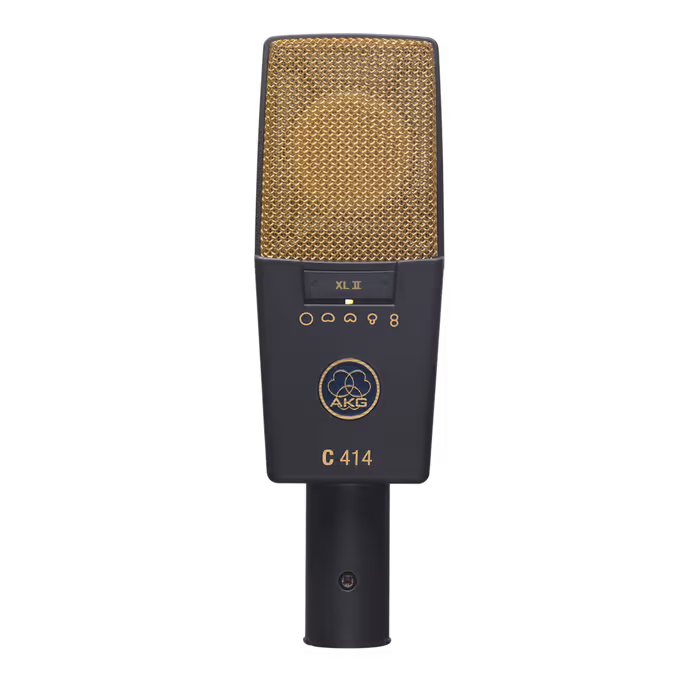
An update of the C414, the AKG C414 XLII might be compact, but it has a large diaphragm condenser. This mic boasts customizable features and offers a brighter tone than the original.
With this mic, you can switch between 9 different polar patterns. Among them are omnidirectional, cardioid, wide cardioid, hypercardioid, and figure 8. You can also choose from 3 low cut filters and 3 pre-attenuation pads.

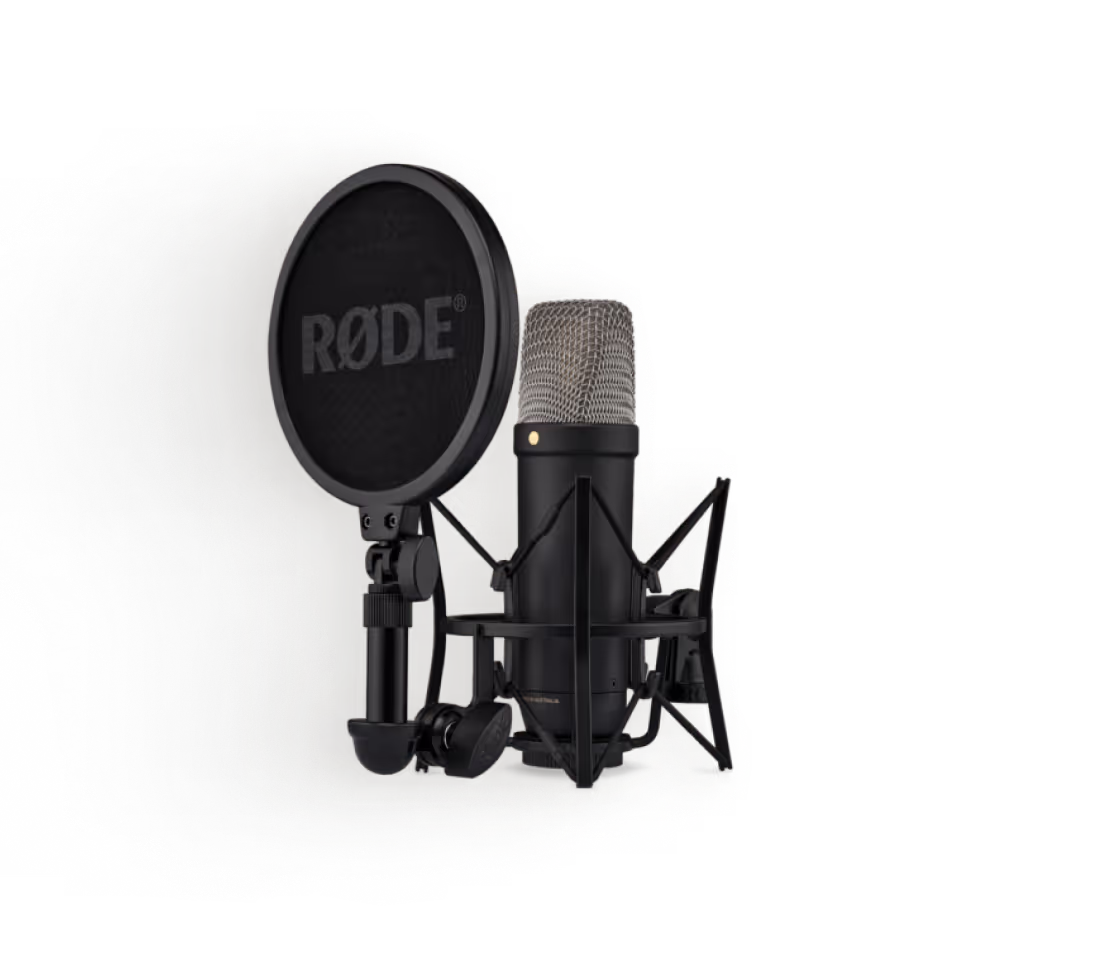
With the Rode NT1, you get vocals that are authentic, incredibly detailed, and bright. This large-diaphragm condenser microphone is ideal for home studios. Thanks to the internal shock mount and capsule, there’s no handling or stand noise. This mic’s cardioid polar pattern makes it suitable for close-micing vocals.
The Rode NT1 has an incredibly wide frequency range, starting at 20Hz and going up to 20kHz. What’s more, the high sensitivity level offers a low noise floor for clean vocal recordings.

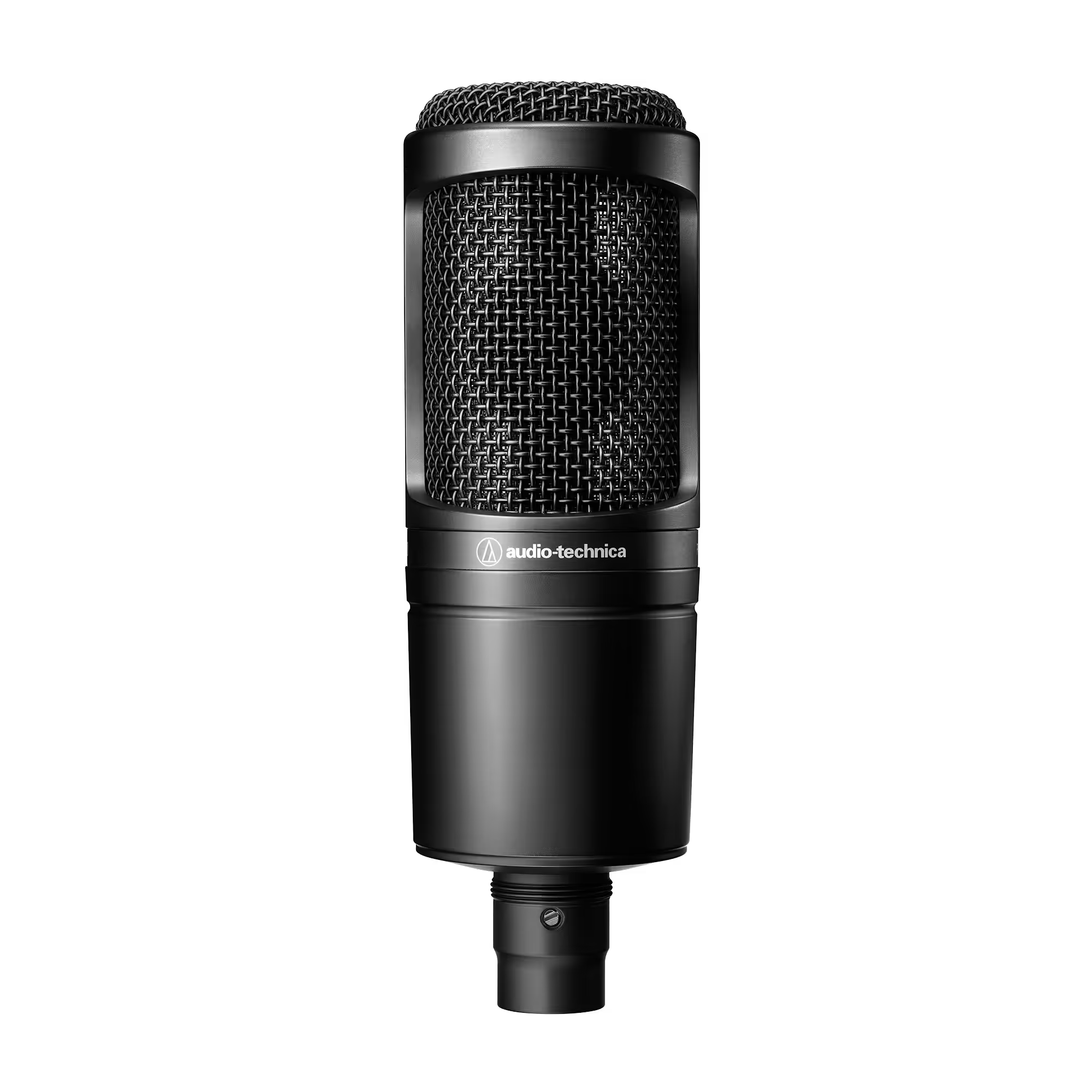
The Audio-Technica AT2020 is ideal for creators and vocalists looking for a budget-friendly studio mic that doesn’t compromise too much on quality. It’s a side-address condenser mic with a cardioid polar pattern and a frequency response of 20Hz–20kHz. The mic handles SPLs up to 144 dB, making it especially versatile for louder vocalists or voiceovers.
The AudioTechnica AT2020’s design is straightforward, and there are no bells and whistles, but that’s kind of the point. It’s dependable, neutral-sounding, and incredibly accessible.

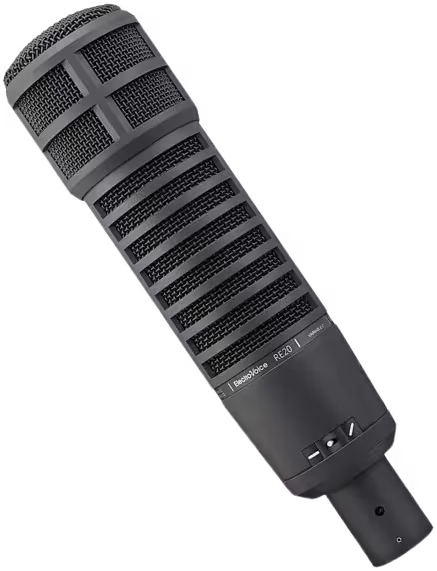
The Electro-Voice RE20 was designed for radio and live broadcasting. However, it’s also an excellent choice for recording vocals. This mic’s especially suitable for rap, hip-hop, and spoken word. This dynamic mic has a rich, deep sound. It also offers the best background noise rejection. This microphone also has the variable-D response. This means that the sound is uniform, no matter how close you are to it.
The Electro-Voice RE20 has a true cardioid polar pattern. The frequency response ranges from 45 Hz to 18,000 Hz. However, you might need to combine it with a preamp or other equipment for the best vocal recordings.

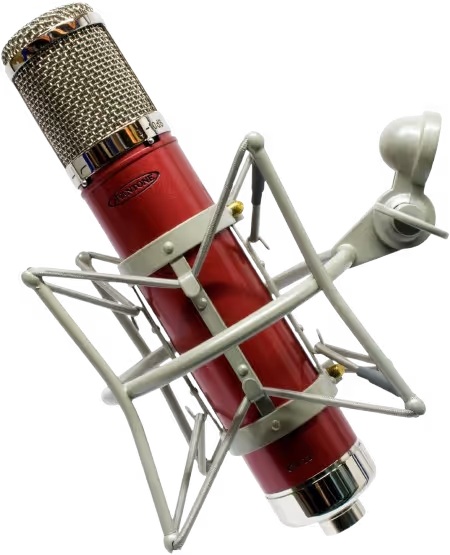
The Avantone Pro CV-12 offers warmth and saturation comparable to the AKG C12. This mic has two powerful features. One is the internal vacuum tube designed to produce reduced electromechanical noise. The other is a choice of 9 polar patterns.
On the whole, this condenser mic features a flat, smooth frequency response. However, you get a subtle boost at 600Hz and 3kHz, with a stronger boost from 9kHz onwards. Together with the tube, this adds saturation, warmth, and sparkle to vocal recordings. Even though the condenser picks up proximity effects, it doesn’t add unpleasant sounds to recordings.

Why do you need a specific microphone for vocals?
Not all microphones are created equal.
Different mics are designed for different recording environments or sound characteristics. Choose the wrong mic for your vocals, and you’ll have issues with clarity and quality.
For example, condenser mics are often used in studios. Their detail and sensitivity are ideal for capturing vocal subtleties when recording. Dynamic mics don’t create distortion when capturing loud sounds and are durable.
While some microphones are versatile enough for various uses, there aren’t any that are one-size-fits-all. Some are made for vocals, while others are designed for recording instruments. You’ll need to choose the right mic if you want to take your vocals to the next level.
How to get the best sound for your vocal recordings
Whether you're starting out, studying music production, or going pro, you need more than a good microphone. You also need to focus on how and where you use your mic.
Start by taking note of the room you record in. Make sure that there aren’t too many hard, reflective surfaces. These make sound waves bounce. This causes reverberation and resonances that can affect your recording. Use soft materials to soften the room, as these will help absorb bouncing sound waves.
It's important to use proper microphone technique when recording. Make sure the mic is 8 to 12 inches away from your mouth. If the mic’s closer than this, the recording will feature pops, clicks, enhanced sibilance, and plosive sounds. Too far away, and the sound will be less direct and affected by room reflections.
Polar patterns describe how a microphone picks up sound from different directions.
For vocal recording, the cardioid pattern is the most popular because it focuses on sound coming from the front while reducing noise from the sides and rear. This makes it a solid choice for home studios or rooms without soundproofing.
Omnidirectional mics pick up sound evenly from all around, which can be useful for capturing room ambience, but isn't ideal when you want to isolate vocals.
Bi-directional or figure-8 mics pick up from both the front and back, making them great for duets or interviews.
By choosing the right polar pattern, you have better control over what the mic captures and can avoid unwanted noise.
What is flat or coloured sound?
A “flat” mic has a neutral frequency response, which means it captures sound without boosting or cutting any part of the spectrum. What you hear is what you get. This is ideal for mixing flexibility and for voices that don’t need any added enhancement.
In contrast, a “coloured” mic boosts specific frequencies, often adding sparkle to the highs or warmth to the lows. This coloration can enhance certain voices and genres by giving recordings a more distinctive character. Some mics, like the Avantone CV-12, are designed to add this kind of colour on purpose, delivering a vintage, tube-warmed sound.
The type of mic you need depends on where you are recording.
Your recording environment massively impacts which microphone will work best for you. In a treated studio, a sensitive condenser mic like the Rode NT1 captures rich detail with clarity. But in a noisy or untreated space, a dynamic mic like the RE20 is often a better choice because it naturally rejects background noise and performs well in less controlled settings. If you're travelling or recording on the fly, you’ll want something durable and forgiving.
While some microphones offer more versatility than others, no mic is perfect for every situation. To get clean, consistent vocal recordings, you need to choose a mic that matches the acoustics of where you’re recording.
Choosing the right microphone to record vocals makes a huge difference.
Each of these mics brings something unique to the table (or studio). However, you also need good technique and a well-prepared recording space. With these, you can record vocals that sound clean, rich, and professional.




